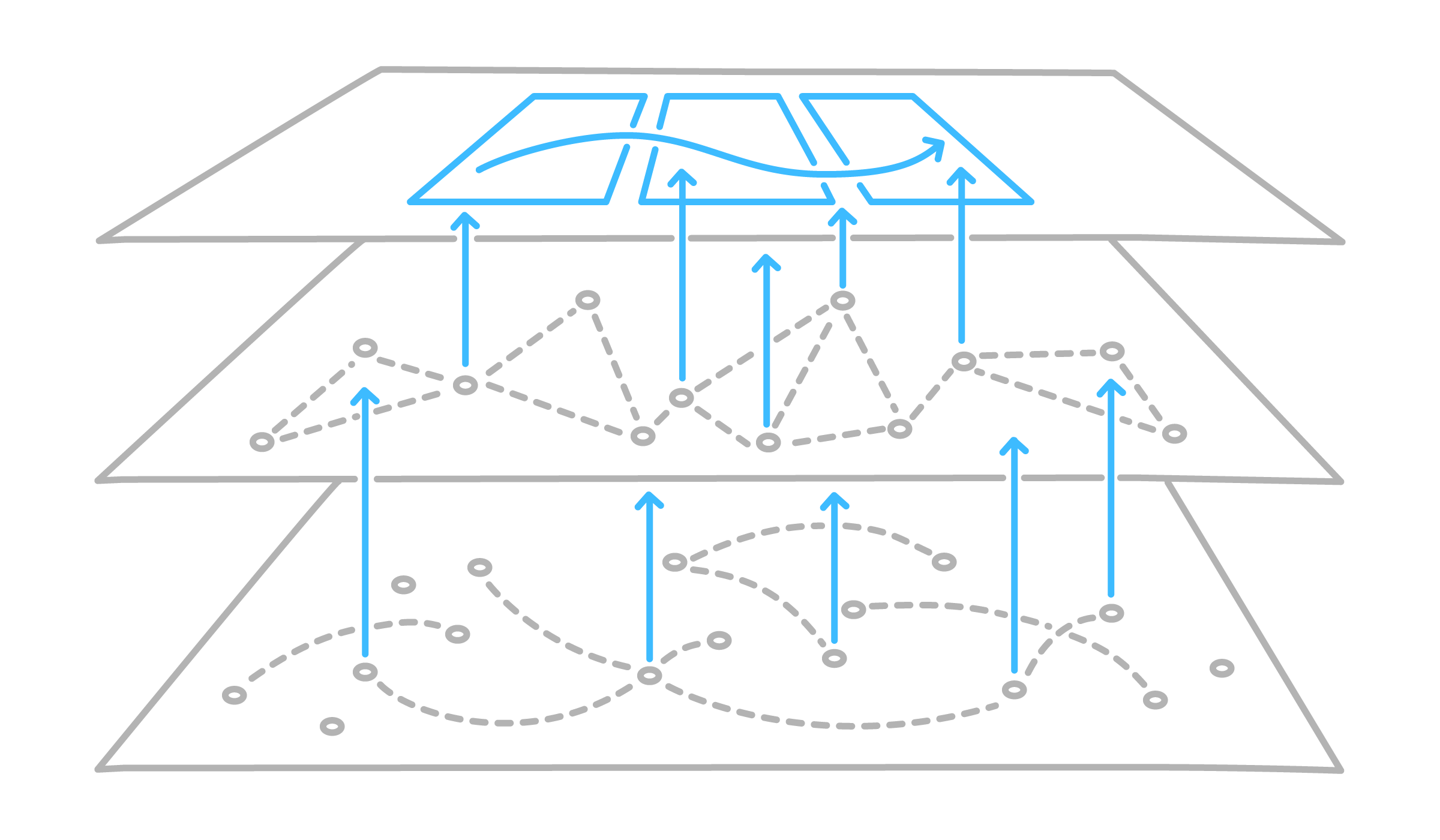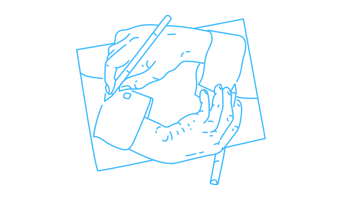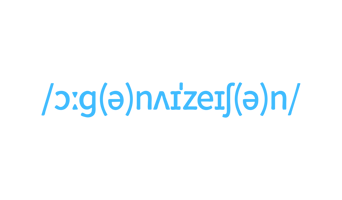Organizational structure and design work essentially means taking a systematic approach towards the division of work at scale. Yet in this process, there is one piece of the analysis that is often neglected: an activity analysis. And it is crucial for making informed decisions, e.g. about unit structure options.
Take, for example, a Management Kits user, a senior marketing manager, who was preparing to work with her company’s executive team – a high-growth SaaS start-up – to change the organizational structure of their sales and marketing team.
The focus of the work was to improve up-selling and cross-selling in the sales and marketing function. The function’s primary responsibilities include prospecting for new customers, hunting for new leads, farming existing customers, and cross-selling products and services. Each of these activities is essential to the growth of the company and must be supported by an optimal organizational set-up in order to generate results.
Example: To reorganize for improved cross-selling, you need to analyze sales and marketing activities
A key element of such an organizational optimization is a clear understanding of the strategic activities. For sales and marketing, key activities include:
-
Prospecting: Prospecting for new customers is the process of finding potential new clients who may be interested in the products or services that the company offers. This can be done through a variety of channels, including online marketing, cold calling, and networking.
-
Conversion: Once a potential customer is identified, it is then up to the marketing team to determine whether or not they are a good fit for the company. If they are determined to be a good match, then the marketing team will work to create a relationship with them and eventually convert them into a paying customer.
-
Hunting: Hunting for new leads is similar to prospecting for new customers, but it typically refers to businesses rather than individuals. The marketing team will research potential leads and then reach out to them in an attempt to generate interest. As with prospecting, this can be done through online marketing, cold calling, and networking. Once a lead is generated, it is then up to the marketing team to determine whether they are interested in doing business with the company. If the company is determined to be a good match, then the marketing team will work on converting them into a paying customer.
-
Farming: Farming existing customers refers to the process of cultivating relationships with current customers in order to generate repeated business. This can be done through a variety of methods, such as providing excellent customer service, offering loyalty programs, and communicating regularly. By keeping existing customers happy, companies can increase their chances of generating repeat business and achieving long-term success.
-
Cross-selling: Cross-selling refers to the practice of selling additional products or services to existing customers. This can be an effective way to boost a business’s revenue and for the business to grow. To successfully cross-sell products or services, companies must first understand the needs and wants of their target market. They must then identify products or services that would complement what their customers are already using. Finally, they must reach out to their customers and explain how these additional products or services can benefit them.
When you want to push cross-selling, cross-unit activities become more important, especially when the primary structure of the organization is along product lines. Cross-selling has to happen between existing silos.
On a tactical level, our user had arranged for four fixed hours with the executive team over two weeks for her organization project. Her initial scope was to run through the goals, limits, activities, and unit sections of the Organizational Structure Kit (see the process guide of the Kit for detailed advice on how to set up and run your organization design project).
Start designing your organization
What is the right level of granularity to run the activity analysis as part of organizational structure and design projects?
In short, before you can determine who will be responsible for each task and how tasks will be completed, you first need to determine which tasks are required. How you run this analysis is described in Tool 4 of the Organizational Structure Kit.
The level of granularity depends on the goals and context of the work.
Staying high-level makes sense especially when your audience or workshop participants are very familiar with the set of activities that is required to start.
For example, in the case described above, when working with the executive team of the sales organization, the senior marketing manager wouldn’t have to go to the level of individual tasks, such as filling in templates. When the goal is to improve cross-selling and up-selling, and the audience is a team of senior managers with a lot of experience in the respective field, a high-level set of activities can be sufficient.
On the next level of granularity, you can go to the details of specific categories of activities where you suspect the organization has gaps or people are insecure about what is actually required to drive strategic goals. In the example above, in a discussion of restructuring a sales organization, one activity where you may want to go deeper might be prospecting since the cross-silo implications for this activity are significant.
In contrast, if you work with people on a very operational or front-line level, it can be helpful to be very specific when describing activities and tasks. Going to a high level of detail can help people reflect on their activities, identify gaps, and provide valuable input for unit grouping.



